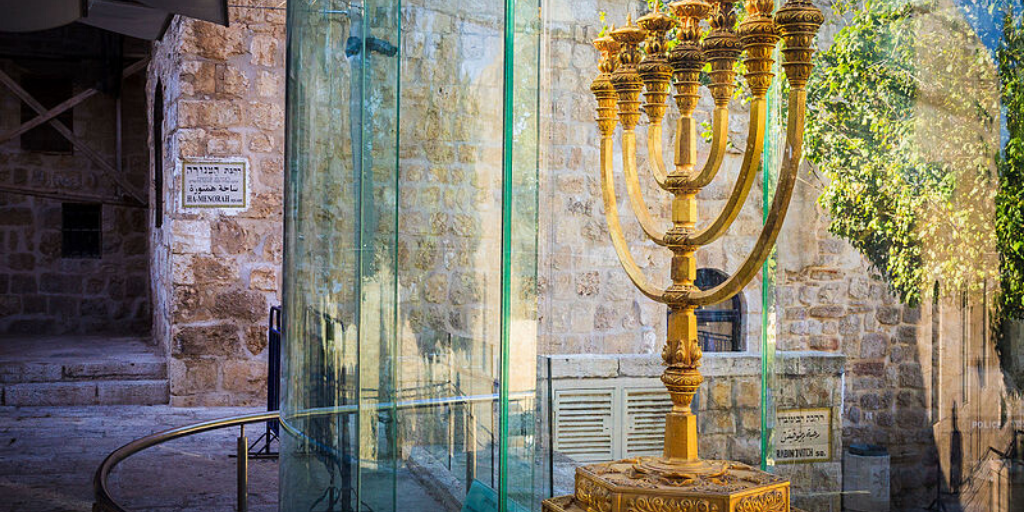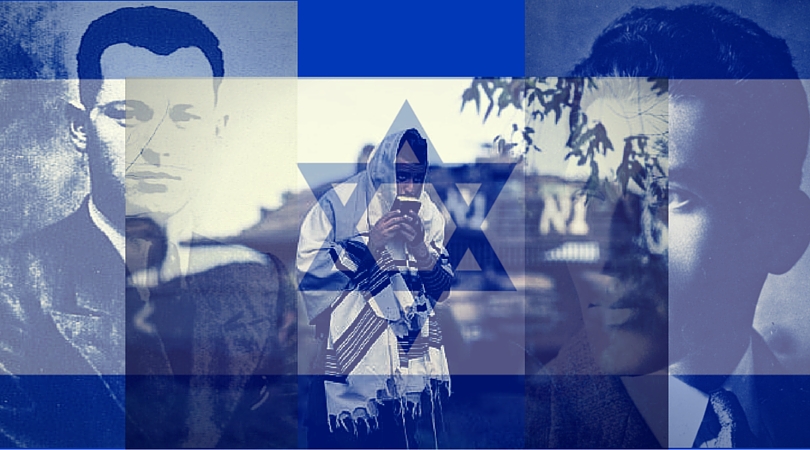Everything in the physical world can be used as a vessel to either draw or contain Divine Light or the opposite to block it. After all, the Creator seeks to always shine his Will on all of the Creation. The State of Israel as a tool for renewed Jewish sovereignty in the Land of Israel can either be used to complete the process of Redemption or the opposite and stall it. The chaos we are now witnessing in the State is nothing more than the vessel itself as it is structured coming to a close. The tools that came into being when it was established were either incomplete or fashioned in a way in which the light from above could not be contained.
When the State of Israel was created, it was done so as a hasty declaration and a response to the invasion of five Arab armies. True, the Zionist movement had been moving towards an independent state, but the invasion gave the Mapai a chance to take full control over the Zionist project. This had been Ben Gurion’s aim from the beginning. After all, the usurpation of the formal Zionist movement did not give them control over the street. The Revisionist Zionist movement, through the oratory and ideology of Valdamir Jabotinsky were far more beloved in the eyes of most Jews in Israel.
It was only when the British decided to end their control over the Holy Land due to the Jewish rebellion led by Menachem Begin’s Irgun and the late Avraham Stern’s Lechi that Ben Gurion and others used this as a pretext to take full control over the Zionist movement.
In taking control, the Labor Zionists were able to rewrite the history books, glorifying their leadership as well as injecting Western governing concepts into the body-politic. The parliamentary structure, so unstable and not suitable for a Jewish State was used. The courts were structured in a way to enable continuous Labor and internationalist control. Any chance for a true indigenous and authentic Jewish expression so desired by the initial waves of Jewish pioneers as well as Jews that had already been living in Israel for thousands of years, were stamped out to make way for an internationalist, communist controlled bureaucracy.
Not About Redemption
The Labor Zionists never saw the State as anything but a tool to establish their long term control over the Holy Land. Any thought that the State of Israel that had risen was meant to be a vessel for the Redemptive process was an anathema for them. True, Ben Gurion paid homage to the return and could have harbored positive feelings to the idea, but the superstructure of control that was created painted a different story.
Begin’s 1977 Revolution Not Enough
When Menachem Begin surprised the Labor establishment by breaking their electoral control of the state, the Revisionists as well as the Jews of Middle Eastern and North African descent believed that a revolution was underway.
While there was a cosmetic change, Begin and Shamir after him never put full energy into the areas of true Labor control – the courts, economy, and the media.
It was not until Prime Minister Netanyahu came along that the media or at least some of it began to change as well as the economy. As things began to open up and the disastrous effects of Oslo felt, the populace turned its back on the Two State-Solution as well as social welfare programs championed by the Left.

With the current political stalemate in Israel showing no signs of letting up, one must take a look at the entire structure of the State itself within the context of how it was formed and understand that the system is begging to be changed in order to take the Redemptive Process to the next level.
Rav Kook teaches the following in Orot HaTechiya 28:
“The holiness that is expressed from within the physical is the holiness of the Land of Israel. When the Shechina (Divine Presence) descended into exile with the Nation of Israel, holiness stood in opposition to the physical. But holiness which battles the physical is not a complete holiness. It is necessary that holiness become subsumed within the Divine from above, which leads to a holiness that is expressed through the physical itself. This is the foundation of repairing the entire World.”
Ultimately, the vessels of Redemption which flow from Jewish sovereignty in the Land of Israel were never seen as conduit for the Holiness of our Divine mission in this world. The two remained disconnected and so 72 year later the State itself requires a true fusion of the Vessels within it to the Holiness we seek to draw into the World.
The light of Redemption can be harnessed within the State of Israel, but the concept that this is what is necessary must be injected into the conversation. The Left would like to continue its subversive control over the institutions and the Right would like to pretend it only cares about being a capitalistic Western Democracy, but neither can stand up against the current wave of yearning for something beyond what we have. The only thing missing is the right leader to clarify the path ahead and by doing so repair the vessels of Redemption strewn out in front of us.


